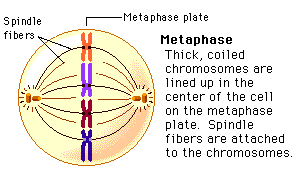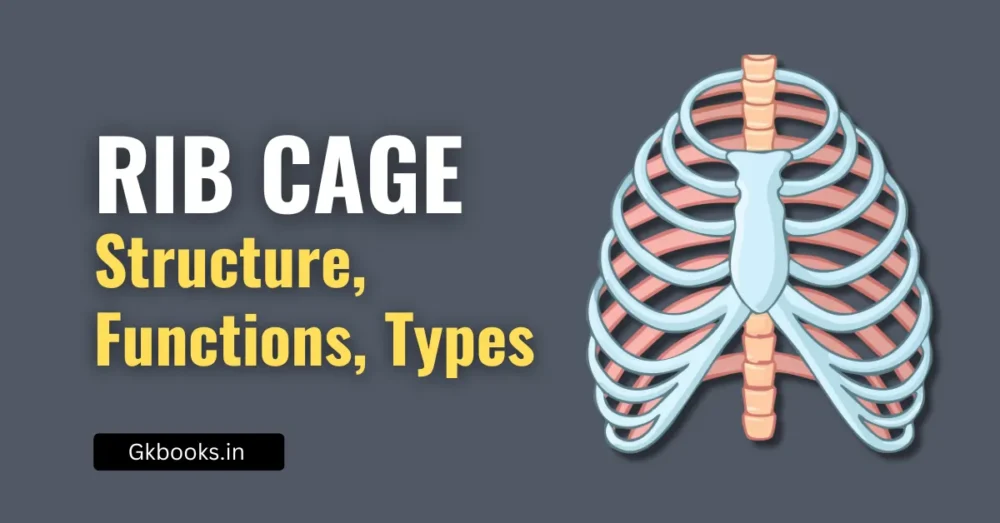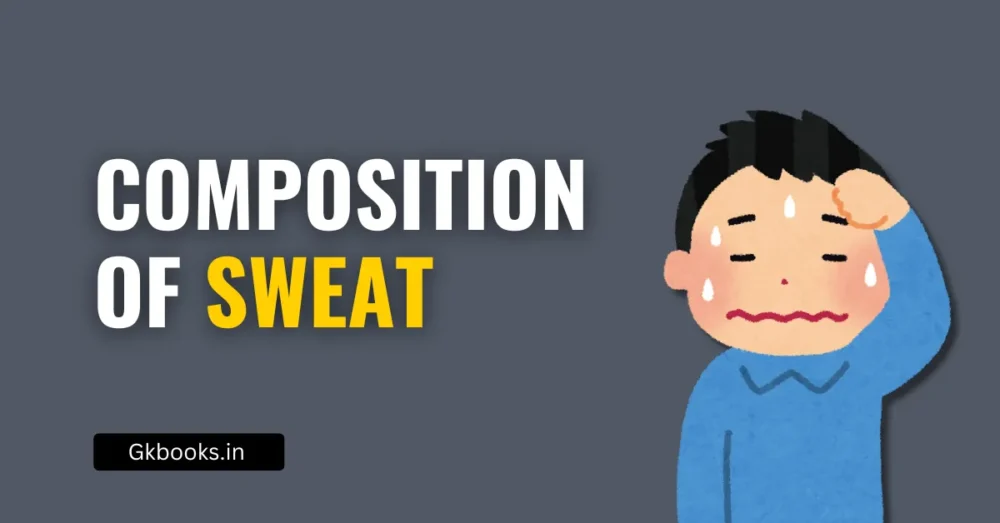Metaphase is a very important stage of cell division that helps cells grow and make new ones. In this stage, chromosomes line up in the center of the cell. Understanding metaphase is useful for science topics in exams like SSC, Banking, RRB NTPC, UPSC, and State-level tests.
This complete summary of metaphase explains its key steps in a simple way to help you remember it easily. If you’re preparing for competitive exams, knowing about metaphase will make your science preparation stronger. Let’s learn this topic quickly and clearly to score better in your exams!
What is Cell Division?
Before we jump into Metaphase, let’s quickly understand cell division.
👉 Cell division is the process by which a cell splits into two or more new cells.
There are two main types:
| Type of Cell Division | Description |
|---|---|
| Mitosis | Occurs in body cells for growth and repair. |
| Meiosis | Occurs in reproductive cells to form gametes (sperm and egg). |
Both types go through different phases, and Metaphase is one of them!
What is Metaphase?
Metaphase is one of the stages in mitosis, which is the process of cell division. During this stage, all the chromosomes (tiny thread-like structures that carry genetic information) line up in the center of the cell.
Metaphase is the second stage of cell division.
➡️ It comes after Prophase and before Anaphase.
It is like the moment in a race when all runners are lined up and ready at the starting line.
Where does Metaphase fit in Mitosis?
Mitosis has five main stages:
| Stage | What Happens? |
|---|---|
| 1. Prophase | Chromosomes become visible. Nucleus disappears. |
| 2. Metaphase | Chromosomes line up in the center (middle). |
| 3. Anaphase | Chromosomes move to opposite sides. |
| 4. Telophase | New nuclei form on each side. |
| 5. Cytokinesis | The cell splits into two new cells. |
👉 So, Metaphase is the 2nd stage of Mitosis.
Key Features of Metaphase
Let’s explore what exactly happens during Metaphase.
1. Chromosomes Line Up
- Chromosomes become clearly visible under a microscope.
- They line up at the center of the cell.
- This center is called the equatorial plate or metaphase plate.
2. Spindle Fibers Attach
- Spindle fibers are thread-like structures.
- They attach to a part of the chromosome called the centromere.
- These fibers come from the centrioles located at opposite ends (poles) of the cell.
3. Preparation for Separation
- The cell makes sure everything is correctly arranged.
- It prepares for the next step, where the chromosomes will be pulled apart.
What Happens During Metaphase?
Let’s break it down simply:
- The nuclear membrane (cell’s outer layer of the nucleus) disappears.
- The chromosomes line up in the middle of the cell.
- This middle area is called the metaphase plate (imagine an invisible line).
- Long protein threads called spindle fibers attach to each chromosome.
- These spindle fibers pull the chromosomes to keep them in a straight line.
Diagram of Metaphase (for Visualization)
Here’s a simplified version to understand how things look during Metaphase:

🧠 Tip: Think of chromosomes as students lining up in the middle of the classroom, and the spindle fibers are teachers pulling them toward either side in the next step!
Metaphase in Mitosis vs. Meiosis
| Feature | Mitosis Metaphase | Meiosis Metaphase I | Meiosis Metaphase II |
|---|---|---|---|
| Cell type | Body cell | Reproductive cell | Reproductive cell |
| Chromosome lineup | Single chromosomes line up | Homologous pairs line up | Single chromosomes line up again |
| Number of times | Happens once | Happens twice (Meiosis I & II) | Happens in Meiosis II |
Important Keywords to Remember
| Term | Meaning |
|---|---|
| Chromosome | A structure made of DNA; carries genetic information |
| Spindle Fibers | Threads that pull and hold chromosomes during cell division |
| Metaphase Plate | The imaginary line where chromosomes line up |
| Centromere | The point where the two arms of a chromosome are held together |
Easy Mnemonic to Remember Metaphase
🧠 M for Metaphase, M for Middle
“In Metaphase, chromosomes meet in the Middle.”
Simple and helpful during MCQs or quick revision!
Why is Metaphase Important?
- Helps ensure equal distribution of genetic material.
- Any mistake here can lead to genetic disorders.
- It’s a key concept in both biology basics and exam questions.
Real-Life Example
Imagine students lining up for a school assembly. Each student represents a chromosome, and the center line of the playground is the metaphase plate. Just like teachers (spindle fibers) help students stand straight in the line, spindle fibers help chromosomes line up properly.
Exam-Oriented Summary
| Feature | Details |
|---|---|
| Stage in Mitosis | Second stage |
| Key Event | Chromosomes line up in the middle |
| Spindle Fiber Role | Attach to chromosomes and hold them |
| Imaginary Line | Metaphase Plate |
| Easy Mnemonic | “M for Metaphase = M for Middle” |
Preparation Tips
- Draw and label the stages of mitosis – it’s commonly asked.
- Practice writing one-line definitions – great for quick revision.
- Understand through relatable examples like lining up in school.
- Repeat aloud: “Metaphase is where chromosomes meet in the middle!”
Sample MCQs for Practice
Q1: In which stage of cell division do chromosomes line up at the center of the cell?
a) Prophase
b) Metaphase
c) Anaphase
d) Telophase
Q2: What structure holds the two sister chromatids together?
a) Spindle fiber
b) Nucleus
c) Centromere
d) Ribosome
Q3: What is the function of spindle fibers during metaphase?
a) Break down the nucleus
b) Repair DNA
c) Attach to chromosomes and pull them apart
d) Make proteins
Q4: Which stage of mitosis comes right before Metaphase?
a) Anaphase
b) Prophase
c) Telophase
d) Cytokinesis
Q5: What happens to the chromosomes during Metaphase?
a) They disappear
b) They split
c) They line up in the middle
d) They form new nuclei
✅ Answers: 1 – b, 2 – c, 3 – c, 4– b, 5– c
Final Thoughts: Stay Motivated!
Understanding science can feel like a puzzle, but with each piece like Metaphase, you’re getting closer to the big picture!
👉 Stay curious.
👉 Practice regularly.
👉 Use visuals and mnemonics to make tough topics easy!
Keep pushing forward, future toppers! 🌟 Your efforts today are the success stories of tomorrow.







